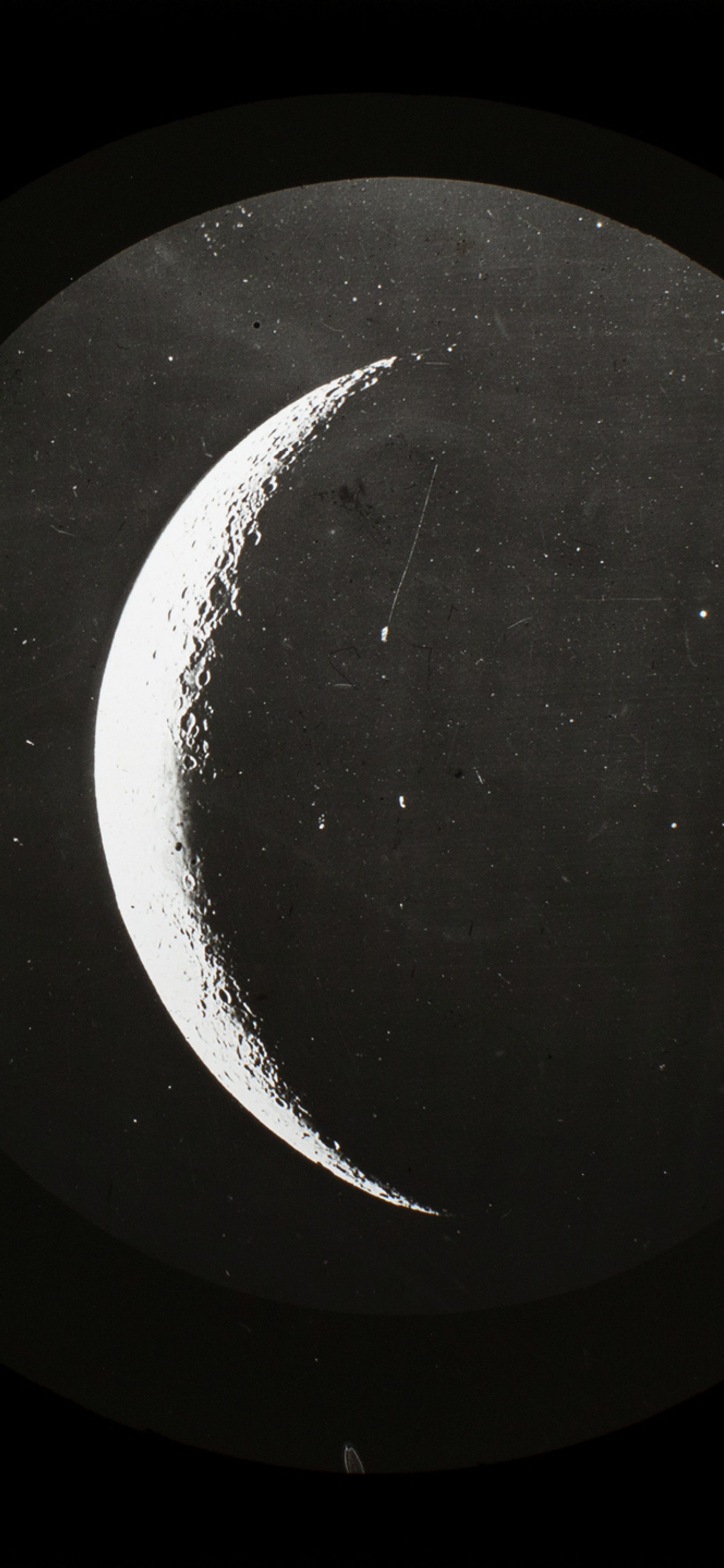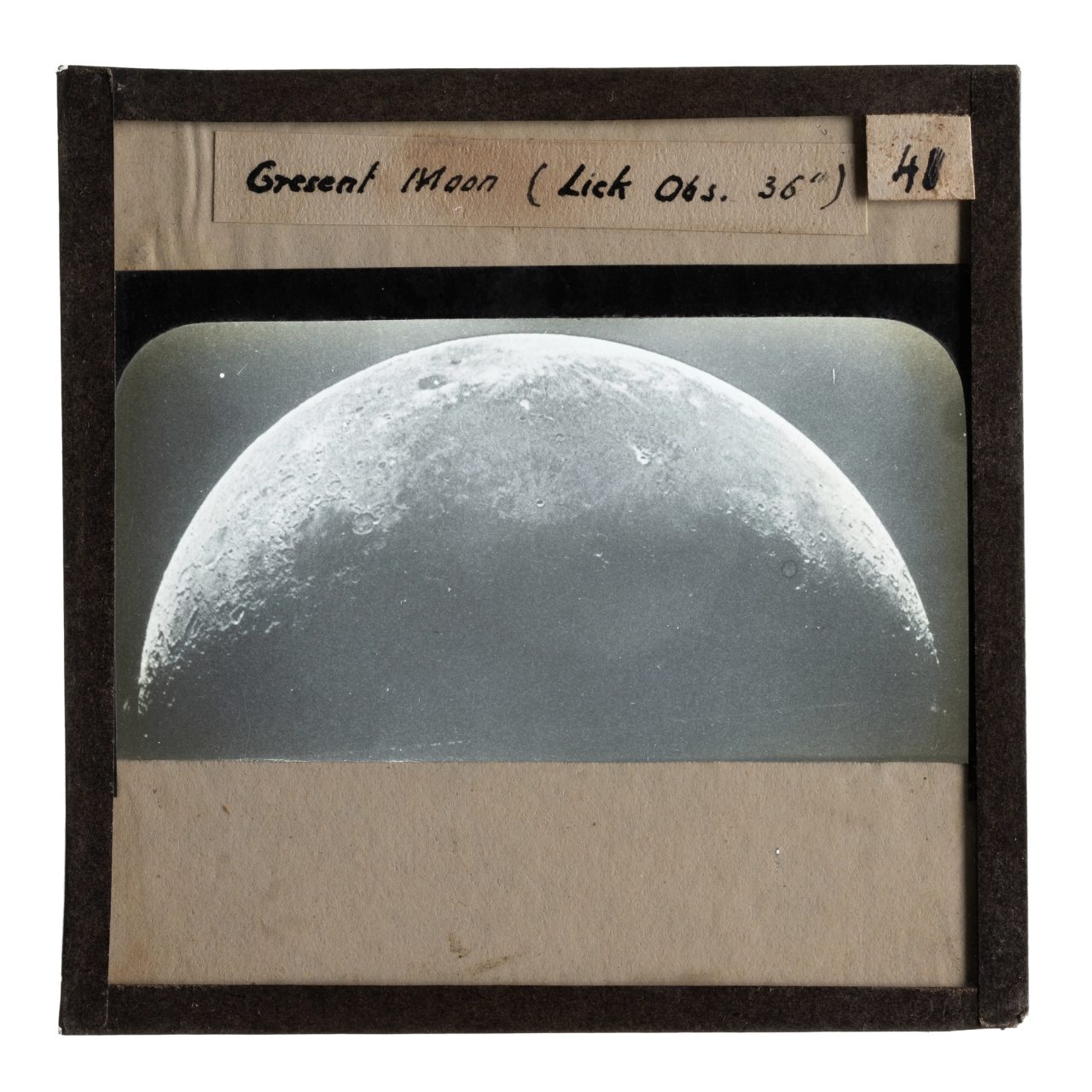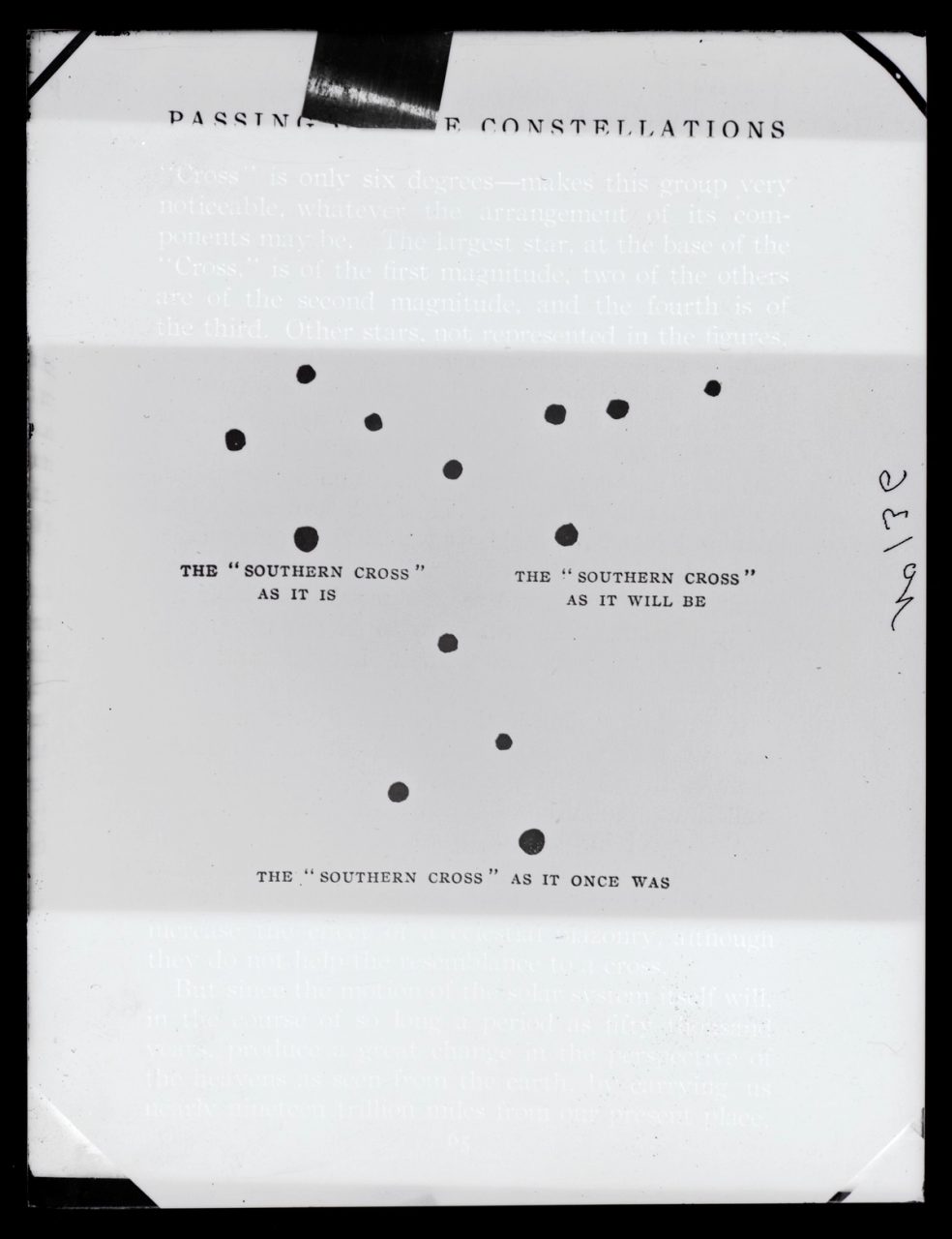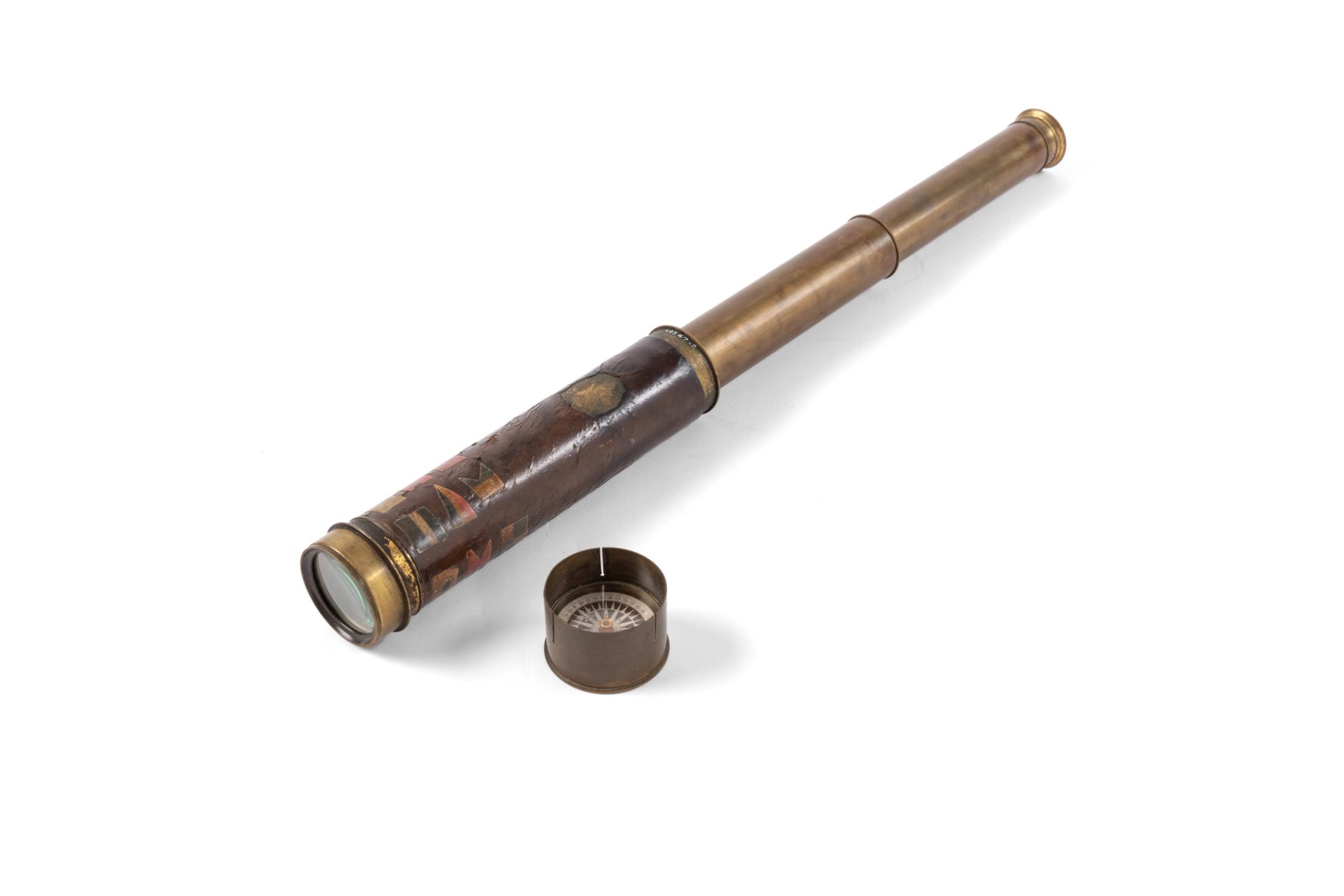Sky Guide March 2024

Moon
Many religious calendars are based (or partly based) on the phases of the Moon. These include the Christian, Jewish and Islamic religious calendars. The dates of festivities, holidays and important events in the lunar calendar move by about 10 days every year within the Gregorian calendar.
The most important month on the Islamic calendar is the ninth month, known as Ramadan, observed by Muslims worldwide as a month of fasting (sawm), prayer, reflection and community. The Hilal, or crescent moon, marks the beginning of this period. However, there are differences of opinion on how to determine the visibility of the crescent moon. There are traditional methods for determining when the crescent should be first visible. However, some observers require an unaided sighting by eye of the crescent moon while others lean towards using astronomical calculations for assistance.
The following astronomical data concern the timing of new moons and criteria for the first visibility of the crescent moons in March and April of 2024 for Australia.
The simplest useful criterion is the lag time, or difference, between sunset and moonset. If that time is greater than 47 minutes (at the latitude of Sydney) the crescent moon should be visible to the unaided eye after sunset and before the setting of the Moon.
Another common method of prediction is to use a scheme developed by Dr Bernard Yallop of HM Nautical Office and proposed in 1997. This scheme or algorithm involves the altitude difference between the Sun and the Moon; a calculated ‘best time’ to view the Moon; and the width of the crescent. The Yallop method is applicable to any location. More details of this method and maps displaying the Moon’s visibility are available online from Utrecht University Mathematical Institute.
Please note all dates and times in this article are for Sydney, unless otherwise stated, and times are in Australian Eastern Daylight Time (AEDT, often called ‘daylight saving time’) or Australian Eastern Standard Time (AEST). In 2024 daylight saving time ends at 3 am AEST on Sunday 7 April.
Viewing New and Crescent Moons
SUNDAY 10 MARCH – New Moon at 8:00 pm AEDT.
On this day the Sun will set at 7:20 pm AEDT and the Moon will set at 7:23 pm AEDT. The crescent moon will not be visible from any location in Australia.
MONDAY 11 MARCH
On Monday 11 March the Sun will set at 7:18 pm AEDT and the Moon will set at 7:54 pm AEDT. The lag time is only 36 minutes so the crescent moon will not be visible to the unaided eye at Sydney’s latitude, and the Yallop method concurs.
Further, the Yallop method provides a more detailed, although complex, picture for Australia, for Monday 11 March when the crescent moon may be visible:
- Region A North and west of a line joining (approximately) the southern end of Shark Bay (WA) to Townsville (QLD) – the crescent Moon should be easily visible to the unaided eye. This region includes Darwin.
- Region B South and east of region A (the line joining the southern end of Shark Bay to Townsville), but also north and west of a line joining (approximately) Port Lincoln (SA) to Port Macquarie (NSW) – the crescent Moon may be visible to the unaided eye under perfect atmospheric conditions (no cloud, no dust and a very clear western horizon0. This region includes Perth, Brisbane and the southern coast of WA (Albany and Esperance).
- Region C South and east of Region B, but still on mainland Australia – the crescent Moon may be visible to the unaided eye but only after being found with binoculars or a telescope. To avoid irreversible eye damage please ensure the Sun has fully set before searching the western horizon for the crescent moon with your binoculars or telescope. This region includes Adelaide, Melbourne, Canberra and Sydney.
- Region D Tasmania and north and west of a line joining (approximately) Bathurst Harbour to Blackman Bay/Dunalley – the crescent Moon may be visible but only with binoculars or telescopes. To avoid irreversible eye damage please ensure the Sun has fully set before searching the western horizon for the crescent moon with your binoculars or telescope. Hobart is on the very southern edge of this region bordering Region E.
- Region E South of Region D (i.e. south of Hobart or on the Tasman Peninsula) the crescent moon will not be visible.
TUESDAY 12 MARCH
On Tuesday 12 March the Sun will set at 7:17 pm AEDT and the Moon will set at 8:25 pm AEDT. The lag time is now 68 minutes and the crescent moon should be visible (at Sydney’s latitude) to the unaided eye if the western sky is clear of cloud. The Yallop method concurs and shows the crescent moon should be visible to the unaided eye from all locations in Australia after sunset on Tuesday 12 March.
TUESDAY 9 APRIL – New Moon
New Moon in April 2024 – Tuesday 9 April at 4:21 am AEST (Daylight Saving time ended on Sunday April 7).
On the evening of 9 April the Sun will set at 5:40 pm AEST and the Moon will set at 5:52 pm AEST. The lag time is only 12 minutes so the crescent moon will not be visible to the unaided eye at Sydney’s latitude. The Yallop method concurs and also shows the crescent moon will not be visible from any location in Australia.
WEDNESDAY 10 APRIL
On Wednesday 10 April the Sun will set at 5:38 pm AEST and the Moon will set at 6:26 pm AEST. The lag time is now 48 minutes and the crescent moon should be visible (at Sydney’s latitude) to the unaided eye if the western sky is clear of cloud. The Yallop method concurs and shows the crescent moon should be visible to the unaided eye from all locations on the mainland of Australia after sunset on 10 April.
For Tasmania, on Wednesday 10 April if you are north and west of a line joining (approximately) Strahan to Bicheno the crescent moon should be easily visible to the unaided eye; if you are south and east of this line the crescent Moon may be visible to the unaided eye under perfect atmospheric conditions (no cloud, no dust and a very clear western horizon).
Other locations
If you are not in Sydney but your latitude is within a degree or so of Sydney’s latitude then the lag time method of 47 minutes should work sufficiently well for you, but you will need to find the time of sunset and moonset for your particular location.
For Melbourne we can provide the following additional information: at the moment of sunset on 11 March (7:45 pm AEDT) the Moon will be at an altitude above the horizon of 5.9 degrees and it will be 11.9 degrees to the right of the Sun. To find the crescent moon look from the point where the Sun set 11.9 degrees to the right then 5.9 degrees up. On 12 March, again at the moment of sunset (7:44 pm AEDT), the Moon will now be at an altitude above the horizon of 11.1 degrees and 25.1 degrees to the right of where the Sun set.
Planets
VISIBLE IN THE EVENING
Jupiter is low in the north-west in Aries. On 13 March, a thin crescent Moon is below and to the left or west of Jupiter. The next evening, the Moon is still below but to the right or north of the planet.
VISIBLE IN THE MORNING
Venus is in the east, starting the month in Capricornus and moving to Aquarius in the middle of the second week of the month. On 9 March, a very thin crescent Moon is to the right or south of Venus. On 22 March, Venus passes Saturn at a separation of less than one Moon-width, providing a nice view by eye or through a small telescope, but a good view towards the eastern horizon is necessary.
Mars is in the east, moving from Capricornus to join Venus and Saturn in Aquarius during the second half of the month. On 8 March, a thin crescent Moon is above and to the right or south of Mars.
Saturn appears low in the east in Aquarius in the middle of the month.
Constellations
Constellations are groups of stars that represent mythological figures, fanciful beasts or old scientific instruments. Some have been used for millennia as a tool to share significant cultural stories and to track the passage of the weeks and months. Today they also help astronomers mark out portions of the sky and locate astronomical objects. Those listed below have been selected for their visibility in the evening up to two hours after sunset as seen from the southern hemisphere.
Canis Major the Greater Dog and companion to Orion the hunter. The brightest star in the constellation, Sirius (also known as the Dog Star), is also the brightest in the night sky as it is close to us – only 8.7 light years away or about 82 million million kilometres and 25 times brighter than the Sun. In about 64,000 years it will be seen as the southern polar star due to the Earth’s wobbling axis of rotation and the star’s proper motion.
Canis Minor the Lesser Dog, is an obscure and small constellation usually ignored in the search for its dominant companion, Canis Major, the Greater Dog. To find its one bright star, face north in March – April and look for Sirius in Canis Major. Roughly one hand span (with your hand at arm’s length) below Sirius is the bright star Procyon. And Procyon is just about all there is to the Lesser Dog! Like many constellations it looks nothing like its name. The star’s name comes from the Greek Prokyon meaning ‘before the dog’ and indeed it does rise before bright Sirius and Canis Major from the latitudes of ancient Greece. Canis Minor and Canis Major together are Orion’s hunting dogs.
Carina the keel and the nearby constellations of Vela (the sails) and Puppis (the stern) were part of the huge constellation Argo Navis, which in Greek mythology carried Jason and the Argonauts in search of Aries the Ram’s Golden Fleece of Aries. In 1756, Nicolas Louis de Lacaille published his catalogue of the southern stars showing Argo Navis divided into the four constellations we see today. Canopus, the second brightest star in the night sky, can be found in Carina and is a white supergiant star about 313 light years away. It is best seen from February to April high in the south.
Crux or the Southern Cross is the smallest of all 88 western constellations and consists of four bright stars. Along with the nearby pointers of Alpha and Beta Centauri, Crux can be used to find south. Draw an imaginary line from the top of the cross shape through the bottom and across the sky. Midway between the pointers draw a line perpendicular to the line that joins them. Where these two longer lines intersect is close to the southern celestial pole. From this point drop to the horizon to locate south. This technique works at any time of the night, any time of the year. The superb open cluster NGC 4755 (Jewel Box) appears very close to the second brightest star, Beta Crucis.
Gemini the twins with its two bright stars, Caster and Pollux, sits low in the northern sky between Taurus and Cancer and lacks any bright objects of note. It is best known for the Geminid meteor shower that peaks in the early hours of 13—15 December each year. and for hosting both Uranus and Pluto when they were discovered in 1781 and 1930 respectively.
Leo the lion looks more like an upside-down question mark as seen in the Southern Hemisphere, than a lion from the Northern Hemisphere. Its brightest star Regulus (Little King) is a system of four tightly bound stars at 79 light years. It was once referred to as one of the four Royal Stars, or guardians of the heavens, because of its proximity to the point in the sky that marked the northern Summer Solstice as seen by Persian astronomers approximately 5,000 years ago. Precession of the equinoxes has now moved this point to Cancer the crab. It is host to numerous bright galaxies that can be seen through a modest telescope including the Leo Triplet of galaxies M65, M66 and NGC 3628.
Orion the hunter is one of the original 48 as mapped by Ptolemy and strides across the celestial equator, making it easy to see from both hemispheres. Its likeness to a male figure was probably obvious to the earliest humans. Orion’s brightest star Betelgeuse is one of the few stars to show an intense red colour due to its age and size. The three stars of Orion’s belt at his waist separate his head and shoulders on the right from his sword and knees on the left. The well-known saucepan asterism (a pattern of stars that is not a constellation) consists of a base (Orion’s belt) and a handle (Orion’s sword) plus one additional star at the rim. With binoculars you will see a small hazy glow in the middle of the saucepan’s handle: this is the Orion Nebula, a star birth cloud at a distance of about 1350 light years. The mythology of Orion is complex and often contradictory, though he is usually represented as a tall, strong and handsome hunter.
Taurus the bull is possibly the oldest Western constellation and one of Ptolemy’s original 48. It has the bright red dying star of Aldebaran and the stunning open cluster known as M45 or the Pleiades, a group of very young stars about 445 light years away. Below the horns is the remnant of a star that exploded as a supernova in 1054. It is now called M1 or the Crab Nebula. For the best view you'll need a large telescope and clear northerly view. Its brightest star Aldebaran is 65 light years from the Sun and is 44 times wider but only a little more massive (+16%). It has exhausted its core supply of hydrogen fuel and is now ‘burning’ hydrogen in a shell around a helium core.
Deep Sky
Carina Nebula (NGC 3372) is more than four times larger than the more famous Orion Nebula (M42) seen in summer. Its distance of around 7500 light years disguises its immense size of around 500 light years in diameter. On a moonless night it is a stunning view through binoculars or a telescope as well as being visible to the naked eye. It contains some of the youngest star clusters in the Milky Way as well as a star already coming to an explosive death. The star Eta Carinae is 100-150 times the mass of the Sun and is a dying cataclysmic variable, which is expected to explode as a supernova anytime within the next million years. A supernova precursor eruption in the 1840s temporarily elevated it to the second brightest star in the night sky.
NGC 3293 and NGC 3532 are two stunning open clusters in Carina and both excellent targets for binocular and telescope viewing. NGC 3532 was the first target of the Hubble Space Telescope in 1990. It contains around 150 stars thought to be 300 million years old at a distance of 1300 light years. NGC 3293 is much younger with stars between 6 and 20 million years but around 9000 light years away.
Crab Nebula (M1) is a remnant of a star that ended its life as a supernova visible from Earth on 4 July 1054AD. It was observed by Chinese astronomers and recorded in Native American rock carvings. At the centre of this remnant is a pulsar which currently emits at a rate of 30 pulses per second though this rate will slow by half in the next 1000 years. The Crab Nebula lies about 6500 light years away.
The Ghost of Jupiter (NGC 3342) is a planetary nebula in the largest of all constellations: Hydra the snake. It is the remains of a dying star that has shed its outer layers. In a telescope its apparent size is similar to the planet Jupiter but in reality it is larger than our Solar System. Our Sun is destined to look like this at the end of its life billions of years in the future.
The Jewel Box (NGC4755) is an open star cluster approximately 10 million years old. It is close to Beta Crucis (Mimosa), the second-brightest star in Crux (Southern Cross) and in binoculars and small telescopes appears as an ‘A’ shape. It is about 20 light years across, and has around 100 stars, most of which are blue and include some blue and red super giants such as DU Crucis, which is around 500 times the diameter of the Sun. The Jewel Box is one of the youngest open clusters in our skies with an estimated age of about 14 million years. It lies at a distance of about 6400 light years.
The Large and Small Magellanic Clouds (LMC/SMC) are the two satellite galaxies of our own Milky Way. The Large Magellanic Cloud (LMC) is in the constellation of Dorado and is approximately 163,000 light years away. It consists of around 30 billion stars and hosts one of the largest nebulae detected, the Tarantula Nebula. The Small Magellanic Cloud (SMC) is in Tucana and is approximately 200,000 light years away. It has around 3 billion stars and will merge with our galaxy in around 2.4 billion years.
Orion Nebula (M42) is often called the Great Nebula in Orion and is approximately 1344 light years away. M24 is 24 light years across with enough mass to form around 2000 stars like the Sun. Its size, distance and brightness (it is the brightest nebula seen from Earth), make it one of the most studied objects in the night sky. It is easily found as the middle star-like object in the sword of Orion, or the handle of the saucepan as seen from the south. Along with the Moon, M42 is typically one of the first objects to be looked at through a telescope as it shows excellent fine structure including the birth of stars in the innermost part known as the Trapezium Cluster.
Tarantula Nebula (NGC 2070) is a large hydrogen gas cloud approximately 1000 light years in diameter and part of the LMC at about 160,000 light years. The name ‘Tarantula’ comes from the spider-like appearance of the nebula in telescopes and photographs. At the centre of the nebula is the open cluster R136, which contains approximately 500,000 stars, including some of the hottest and most massive supergiant stars known. In 1987 the first naked eye supernova (SN1987A) since the invention of the telescope occurred in this part of the sky.




















